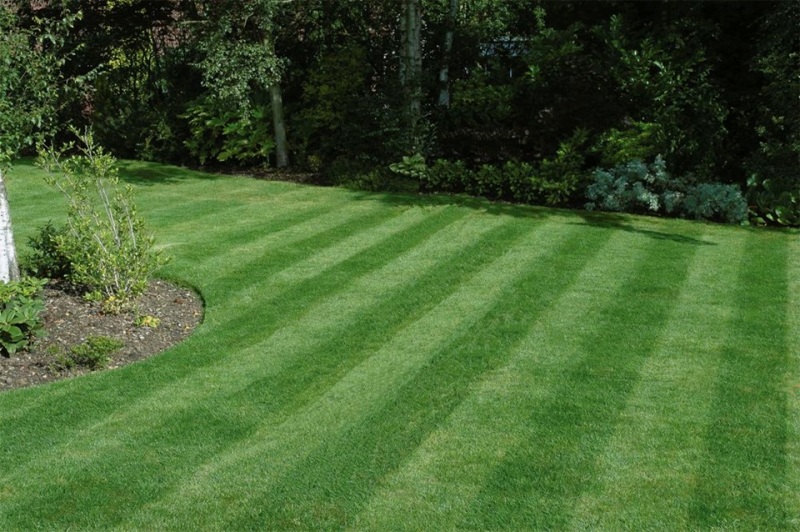Renovating your entire lawn or installing a new one from scratch can be a daunting task for anyone. Lawns need regular care and maintenance or they start deteriorating. Thatches and weeds are not the only problems you face when it comes to keeping your lawn updated. However, sometimes despite taking extreme care, some weeds still sneak in and start taking over the lawn. If you find dry patches in your lawn, it may mean your grass is dying due to lack of nutrition or some disease. All these things are reasons to start making changes to your lawn. Many times your lawn simply needs spraying some fertilizer or weed controllers to reinvigorate it. Sometimes, just filling in or replacing the dried patches can also rejuvenate your lawn. However, if majority of your lawn is overrun by weeds or dried out, it’s definitely time to renovate or completely redo your lawn.
Renovating a lawn is not quite as difficult as you think it is. With a little patience, hard work, diligence, and proper guidance, anybody can renovate their lawns or yards without many hiccups. Here are eight simple steps to guide you through the process of renovating your lawn or yard.
Preparing the Soil
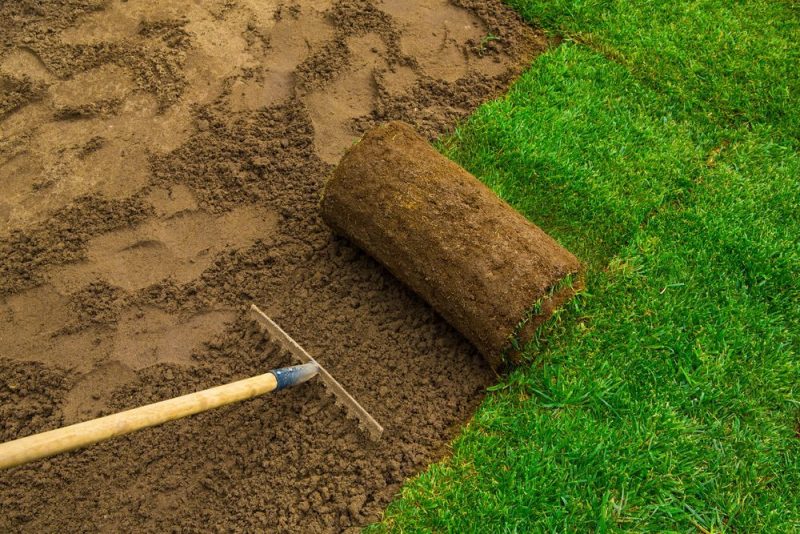
Once you’ve decided to renovate your yard, it is important to prepare the soil before you begin planting again. If you’re starting for the first time, you need to prepare and enrich the soil so that it can nourish the grass. However, if you’re renovating an existing lawn you need to make sure your soil is ready for the sod to grow. If you had trouble with weeds or dry patches, it may happen that your soil is lacking enough nutrients or has some disease. You also need to make sure your soil is right to grow the grass you want. Hence, you need to prepare the soil by thatching, weeding, aerating, and raking the soil.
Leveling If Needed

Before you start seeding or sodding, it is a good idea to level the land in your lawn. After thatching and weeding, the ground is bound to have high and low spots. You should level the surface with an iron rake or any garden rake. Knock down any high spots or fill in any low spots to level the surface. Also, ensure that the soil level is 1 inch below the level of paved surfaces like walkways or driveways. At this time, you should also water the ground to dampen the soil. This helps in settling the soil naturally.
Aerating the Lawn
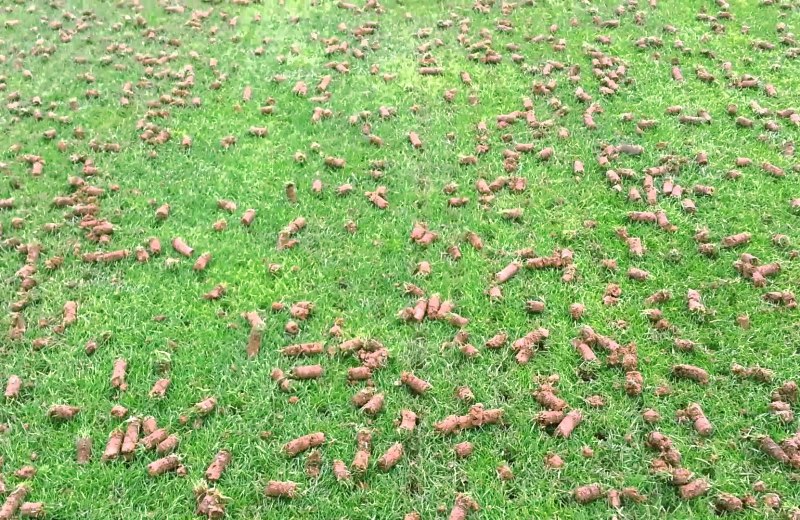
Aerating the soil is important to keep the soil and the grass healthy. Aerating ensures better flow of air through the soil. It also alleviates excess thatch and helps the water, oxygen and nutrients to better penetrate the soil. Aerating aids in deeper growing roots which gives a stronger grass which is thicker and greener. This grass with deeper roots is also more drought-tolerant. Thus, it requires less watering and maintenance. You should aerate the lawn prior to fertilizing or reseeding and when the soil is moist. Also, never aerate the soil during a period of drought or extreme heat.
Seeding the Soil
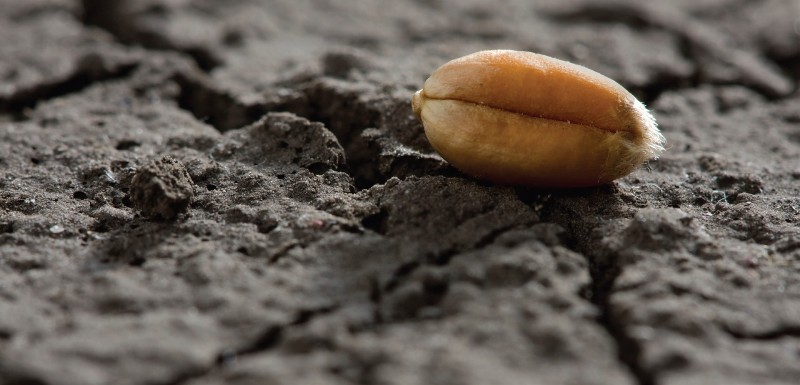
When seeding a lawn or yard, timing is essential. Late summer and early fall are generally considered the most ideal seasons for seeding. There is enough rain to help germinate the seeds and prevent it from drying out. Choose the seeds that are best suited to your locale. Roll the soil lightly to ensure good seed-to-soil contact. This is necessary for the seeds to take up water and germinate. Keep the soil moist for almost two weeks or more after seeding. This will give the seeds time to germinate and the seedlings to become established. You can find the best grass seeds at WiredShopper just go through it and get the brief idea.
Fertilizing the Soil

Once your grass has started to grow, you should fertilize the soil again to enrich it with the necessary nutrients. Use a sprayer to fertilize the grass. This will help protect the seedlings from diseases such as rust and also increase their ability to withstand adverse conditions. It will also increase the color and shoot density of the seedlings and help them grow greener and healthier. Use a startup fertilizer to focus on developing a stronger root system in your turf and making it disease and drought resistant.
Sod Installation
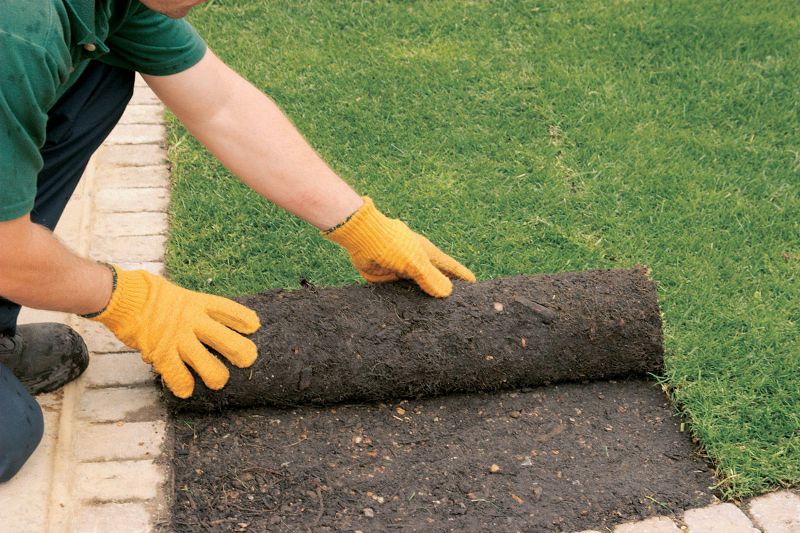
If you don’t want the hassle of growing the seeds yourself or want a quicker solution for your lawn, you should consider sod installation. Sodding has many benefits. It needs much less water once established and it is ready to use more quickly that seeding grass. You can lay sods yourself too anytime during the growing season. It can accept heavy rainfall without erosion or damage. Just order the sod you want from a reputed Sod Depot near you and lay it down on the lawn. Proper soil preparation and right amount of moisture helps the sod to take root in about 2-3 weeks.
Water the Sod Regularly
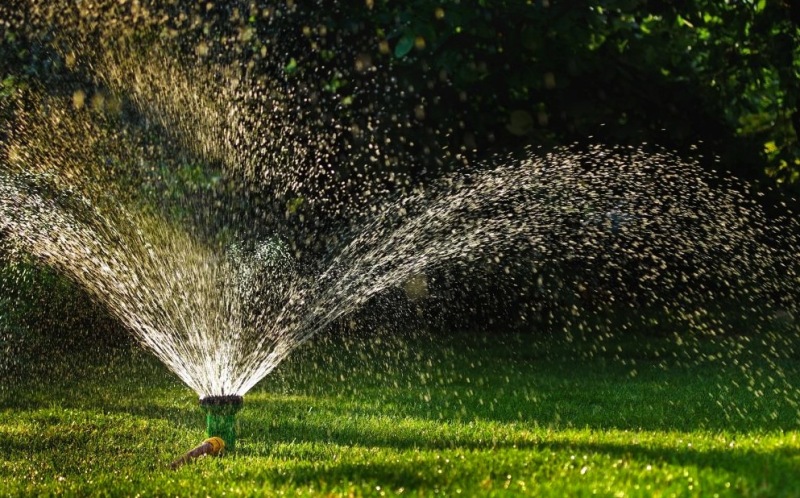
Watering is the most important part of growing a lawn. Whether you are seeding or installing sod, it is important to keep your lawn moist for the grass to take root. Seeds may need water during germination and also after the grass has established. Similarly, in sodding too, the grass needs moisture to take root and should stay watered initially. You can reduce the amount and duration of watering gradually once the grass starts growing nicely. Watering can help settle the soil but make sure you don’t overwater the lawn.
Mow the Lawn
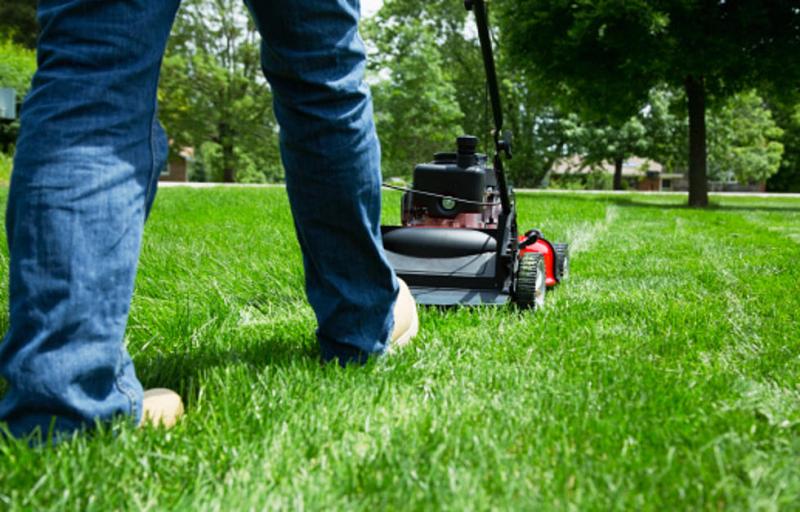
Mowing your lawn regularly has many benefits. It encourages the shoots to develop laterally, increases stand density, and helps the grass to outgrow the weeds. Even newly laid lawns need to be mowed once the grass reaches the height of 3 inches or more. However, make sure you use a sharp blade in your mower as dull blades will tear your seedlings from the soil. It is often safe to use weed control products once you’ve mowed the lawn twice. However, you can wait some more to let the young seedlings grow properly before you use these products.

